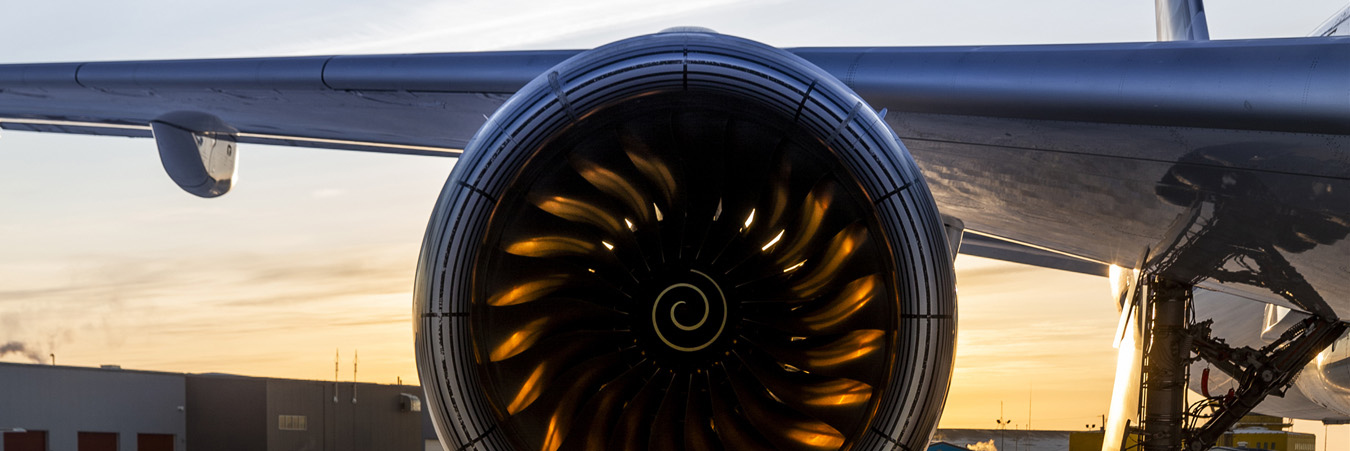
The ReFuelEU Aviation Regulation has set a minimum supply mandate for Sustainable Aviation Fuels (SAF) in Europe, starting with 2% in 2025 and increasing to 70% in 2050.
A sub-mandate for synthetic e-fuels, starting at 0.7% in 2030 and increasing to 35% in 2050, underlines their significant potential for emissions reductions.
All SAF supplied under the ReFuelEU Aviation mandate must comply with the sustainability and greenhouse gas emissions saving criteria as set out in the Renewable Energy Directive (RED).
In 2023, the ICAO CAAF/3 conference agreed on a global aspirational vision to reduce CO2 emissions from international aviation by 5% in 2030 through the use of SAF, low-carbon aviation fuels and other aviation cleaner energies.
As of 2024, SAF production represented only 0.53% of global jet fuel use. Significant expansion of production capacity is required to meet future mandates and goals.
SAF must meet international standards to ensure the safety and performance of aviation fuel. Various types of SAF have been approved, with ongoing efforts to increase blending limits and support the use of 100% drop-in SAF by 2030.
SAF have the potential to offer significant CO2 and non-CO2 emissions reductions on a lifecycle basis compared to conventional jet fuels, primarily achieved during the production process using sustainable feedstock. However, various factors such as land use changes can negatively impact the overall lifecycle emissions.
The upscaling of SAF has generated concerns about potential fraudulent behaviour whereby products labeled as meeting sustainability requirements are not compliant.
Various measures have been put in place to support the achievement of European and ICAO goals on SAF, including a European Clearing House, financial incentives, research programmes and international cooperation.
SAF production capacity currently under construction could supply the 3.2 Mt of SAF required under ReFuelEU Aviation in 2030 but would be required to ramp up quickly thereafter.
SAF prices are currently 3 to 10 times more expensive than conventional fuel, although they are expected to reduce substantially as production technologies scale up.
